How to Keep Livestock Water from Freezing
- January 17, 2024
- 0 comment
In the heart of winter, farmers and livestock owners face a recurring challenge: ensuring that their animals have continuous access to liquid water. As temperatures plummet, water sources can freeze, posing serious dehydration and health risks to livestock. This article delves into practical, innovative strategies to prevent livestock water from freezing, ensuring your animals stay hydrated and healthy throughout the coldest months.
Understanding the Importance of Unfrozen Water for Livestock
Before exploring solutions, it’s crucial to understand why access to unfrozen water is vital for livestock:
- Livestock need constant access to water for digestion, temperature regulation, and overall health. Dehydration can lead to serious health issues, including impaction and decreased feed intake.
- Adequate water intake is essential for maintaining an animal’s growth rate and feed efficiency.
- Preventing water from freezing can save farmers time and labor, eliminating the need for frequent water checks and manual ice removal.
Strategies to Keep Livestock Water from Freezing
1. Insulation Techniques
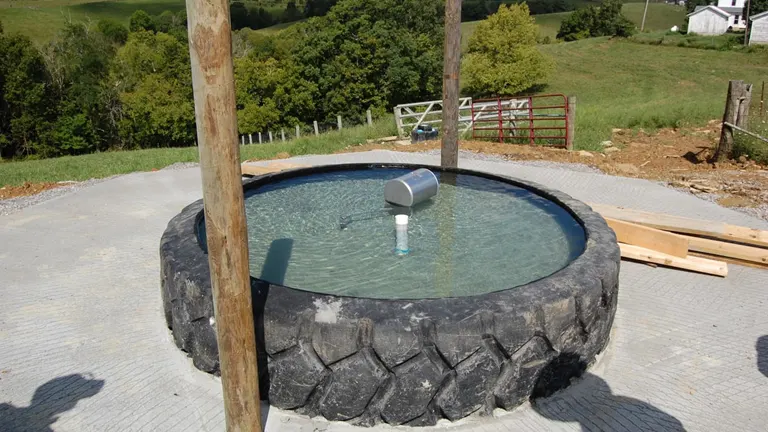
Insulation stands as a primary line of defense against the freezing of livestock water. Utilizing insulated troughs, either by purchasing commercially available options or by enhancing your existing ones with insulating materials such as polystyrene or spray foam, can significantly reduce the chances of water freezing. Moreover, in larger water tanks, the introduction of floating objects such as balls or cut plastic bottles can be remarkably effective. These objects limit the water’s exposure to the cold air by reducing its surface area, thereby decelerating the freezing process.
2. Water Circulation
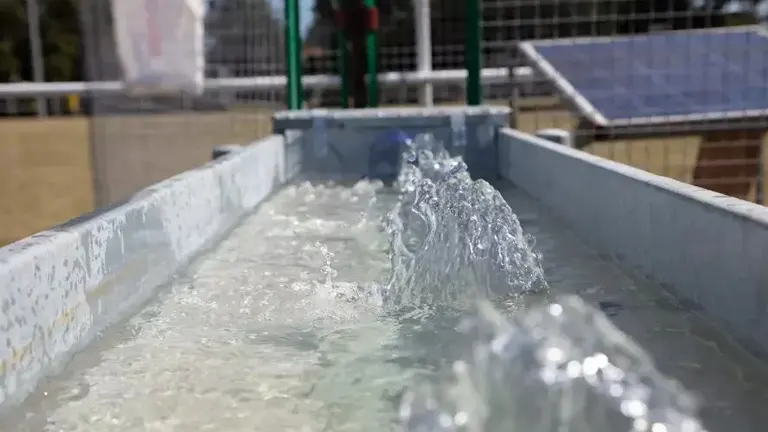
Maintaining water movement is a key strategy in preventing ice formation. This can be effectively achieved by employing submersible water circulators, which are particularly beneficial in larger tanks. These devices ensure continuous water movement, making it substantially more challenging for ice to form. Additionally, the installation of pump-driven systems to circulate water through the trough offers another reliable solution to impede the freezing process, ensuring that your livestock have access to water at all times.
3. Heating Solutions
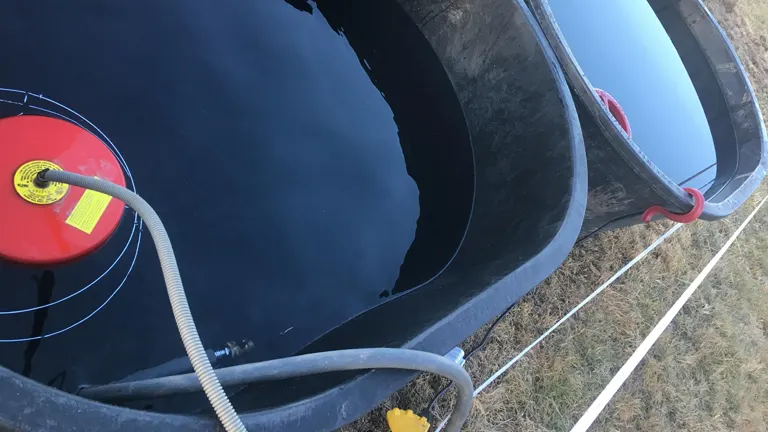
Incorporating heating solutions can provide a direct approach to preventing water from freezing. Submersible heaters, designed to warm the water directly, are highly effective; however, they must be operated with caution to prevent overheating the water or inadvertently causing injuries to the livestock. Alternatively, external heat sources such as heated bases or overhead heat lamps can also be employed, especially for smaller or individual water containers, offering a safe and efficient way to maintain water at a drinkable temperature.
4. Natural Methods
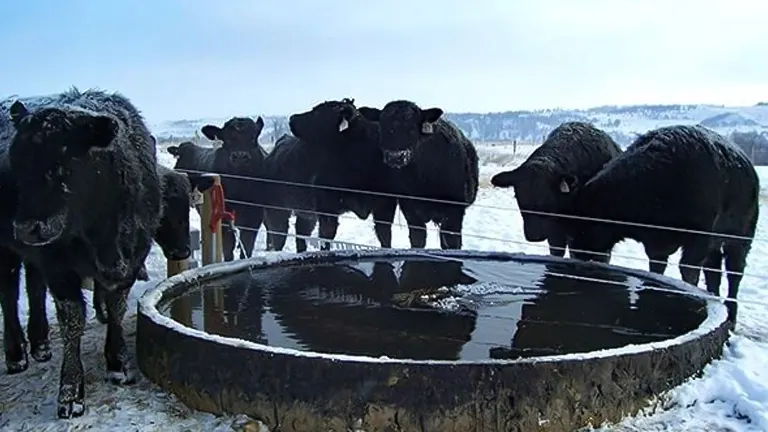
Harnessing natural methods can also play a pivotal role in preventing water from freezing. Strategic placement of water troughs in areas that receive ample sunlight throughout the day can leverage the sun’s natural warmth, aiding in keeping the water from freezing. Additionally, the construction of windbreaks around water sources can offer protection against the wind chill factor, further reducing the rate at which water loses heat and thus slowing down the freezing process.
5. Automatic Watering Systems
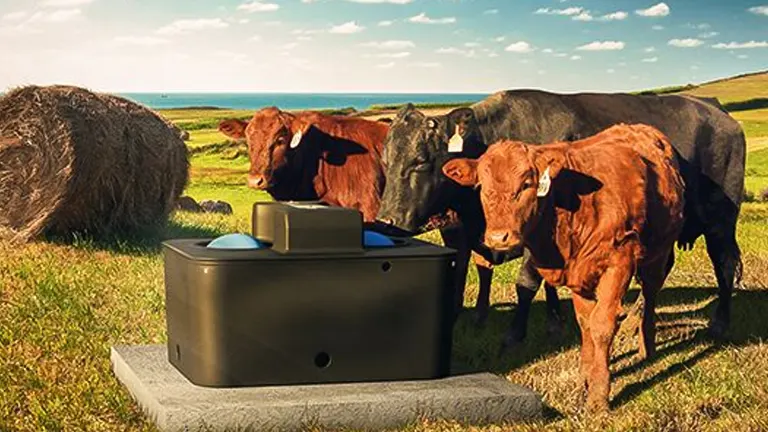
Investing in automatic watering systems can offer a more hands-off, consistent approach to ensuring unfrozen water for your livestock. Energy-free waterers utilize geothermal heat to maintain water temperature, providing an environmentally friendly and cost-effective solution in the long term. On the other hand, electrically heated waterers, though reliant on electricity, are extremely effective in preventing water from freezing and typically come equipped with thermostats to regulate the water temperature, ensuring safe and constant access to water for your livestock.
Each of these strategies offers unique benefits and can be tailored to suit the specific needs of your livestock and the environmental conditions of your locale. By integrating these solutions, you can ensure that your animals have continuous access to water, safeguarding their health and well-being throughout the winter months.
Maintenance and Safety Tips
- Regular Checks: Even with these systems in place, regular checks are crucial to ensure they are functioning correctly and the water hasn’t frozen.
- Electrical Safety: If using electrical systems, ensure all wires and heating elements are secured and insulated to prevent electrical accidents.
- Water Quality: Keep the water clean. Animals may refuse to drink if the water is dirty, leading to dehydration despite available liquid water.
Conclusion
Ensuring that livestock have access to unfrozen water during winter is not just a convenience; it’s a necessity for their health and well-being. By combining proper insulation, water circulation, heating solutions, and natural methods, you can effectively keep your livestock hydrated and healthy even in the coldest months. Remember, the best approach depends on your specific conditions, including the number of animals, available resources, and environmental factors. Stay vigilant, adapt strategies as needed, and your livestock will thrive throughout the winter season.
FAQs
- Can solar power be used as an eco-friendly way to prevent livestock water from freezing?
Absolutely! Solar-powered water heating systems can provide a sustainable solution to prevent freezing. These systems typically involve solar panels that power a heating element or circulate warm water. While the initial setup might be costly, solar power can offer long-term savings and is an environmentally friendly option. - Are there any natural additives that can be mixed with water to lower its freezing point without harming the livestock?
While certain substances can lower the freezing point of water, most are not safe for animal consumption. It’s crucial to prioritize the health and safety of the livestock over any potential freezing point depression. Stick to mechanical or natural heating methods to ensure the safety of your animals. - How can I monitor the water temperature remotely to ensure it doesn’t freeze?
Modern technology offers various remote monitoring systems. You can install water temperature sensors connected to a smartphone app or a monitoring system. This way, you’ll receive alerts if the water temperature approaches freezing point, enabling timely intervention. - Can geothermal energy be used for large-scale livestock farms to prevent water from freezing?
Yes, geothermal energy is a viable option for large-scale operations. Systems like energy-free waterers utilize geothermal heat to keep the water from freezing. Although the initial installation may be significant, these systems are highly efficient for large-scale setups and provide a sustainable, long-term solution. - How do I ensure the safety of my livestock when using electrical heating elements to prevent water freezing?
Safety is paramount when using electrical devices. Ensure all heating elements are properly insulated and out of reach of the livestock. Regularly inspect the equipment for any damage or wear. It’s also advisable to install a ground-fault circuit interrupter (GFCI) to protect against electrical shocks. - What are some emergency measures I can take if I find the livestock’s water source has frozen overnight?
- In an emergency, you can pour hot (not boiling) water over the frozen surface to melt the ice. However, this is a temporary solution. To prevent future occurrences, consider adjusting your current water management system by adding insulation, increasing circulation, or incorporating a heating mechanism.
- Are there breeds of livestock that are particularly resistant or vulnerable to the effects of drinking cold or frozen water?
While most livestock breeds are resilient, sudden changes in water temperature can stress animals, particularly the young, old, or those with health issues. It’s essential to provide water at a consistent, drinkable temperature to maintain the health and productivity of your livestock.
Join the discussion below by sharing your experiences, tips, or reviews. Your contributions help others make informed decisions and navigate their chainsaw choices with confidence. Let’s build a community of shared knowledge for all wood-cutting enthusiasts!

David Murray
Forestry AuthorI'm David Murry, a forestry equipment specialist with a focus on chainsaw operation. With over 13 years of experience, I've honed my skills in operating and maintaining a wide range of machinery, from chainsaws to log splitters. My passion for the outdoors and commitment to sustainable forestry drive my work, which emphasizes safety, efficiency, and staying updated with industry advancements. Additionally, I'm dedicated to sharing my expertise and promoting environmental awareness within the forestry community.













Leave your comment